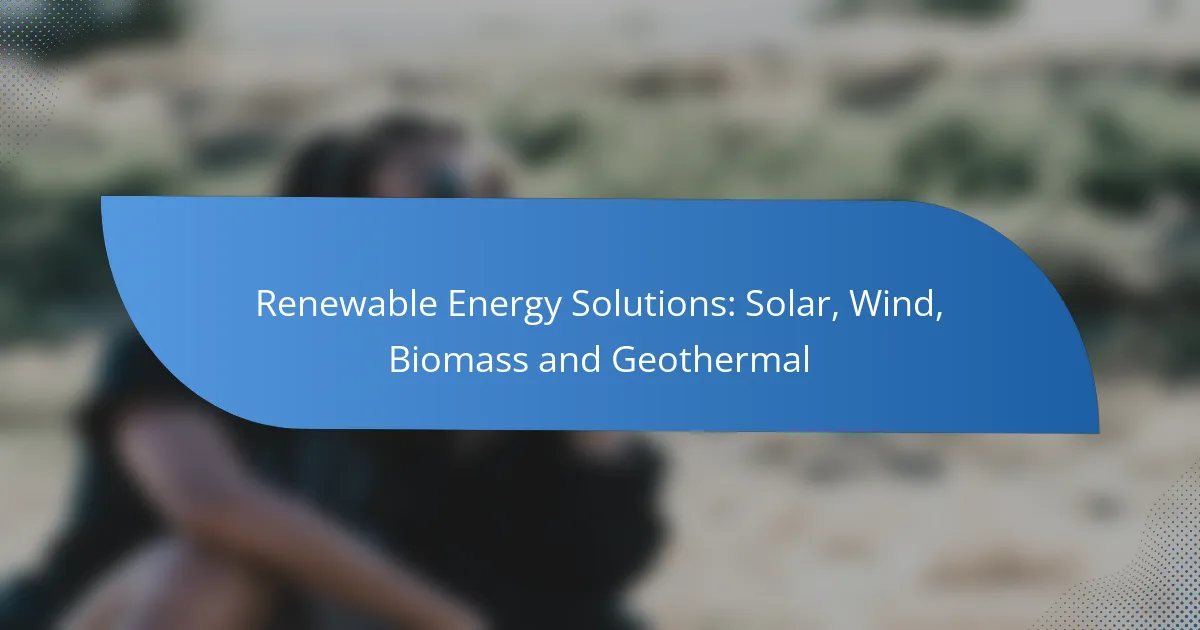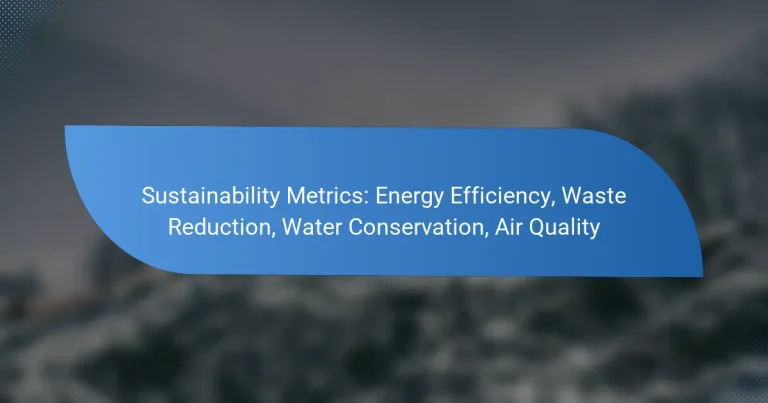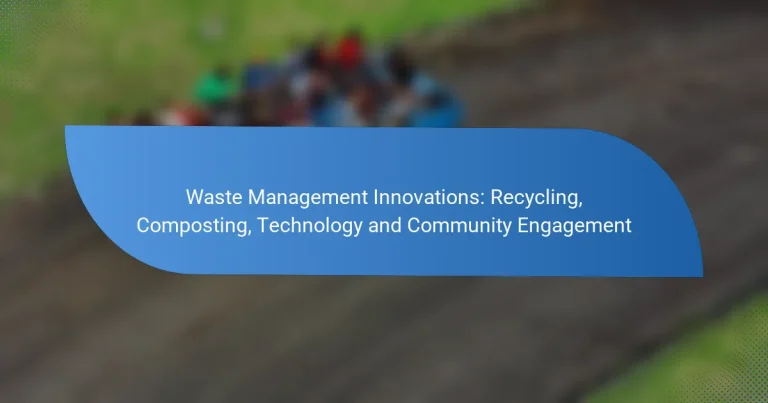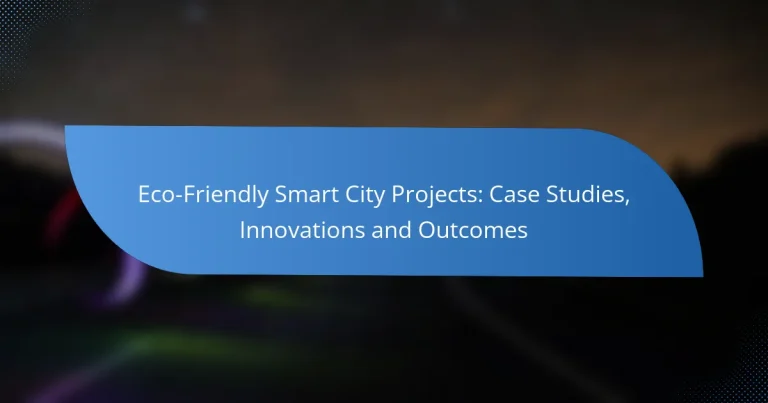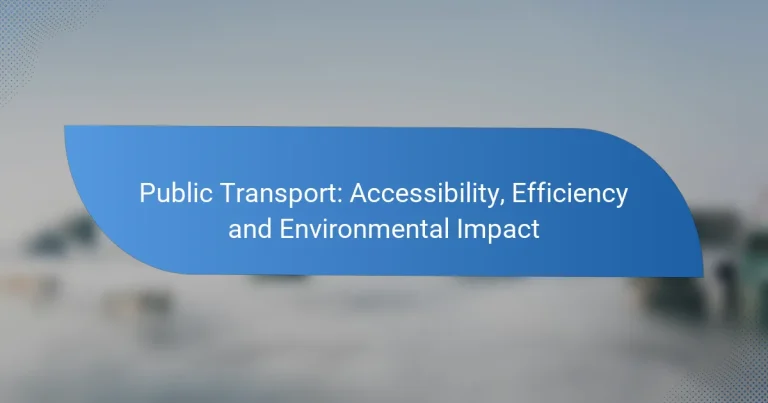Renewable Energy Solutions: Solar, Wind, Biomass and Geothermal
Renewable energy solutions, including solar, wind, biomass, and geothermal, play a crucial role in creating a sustainable energy future. These technologies utilize natural resources to generate clean power, significantly reducing reliance on fossil fuels and minimizing environmental impact. Each solution offers unique benefits and applications, contributing to a diversified energy landscape.
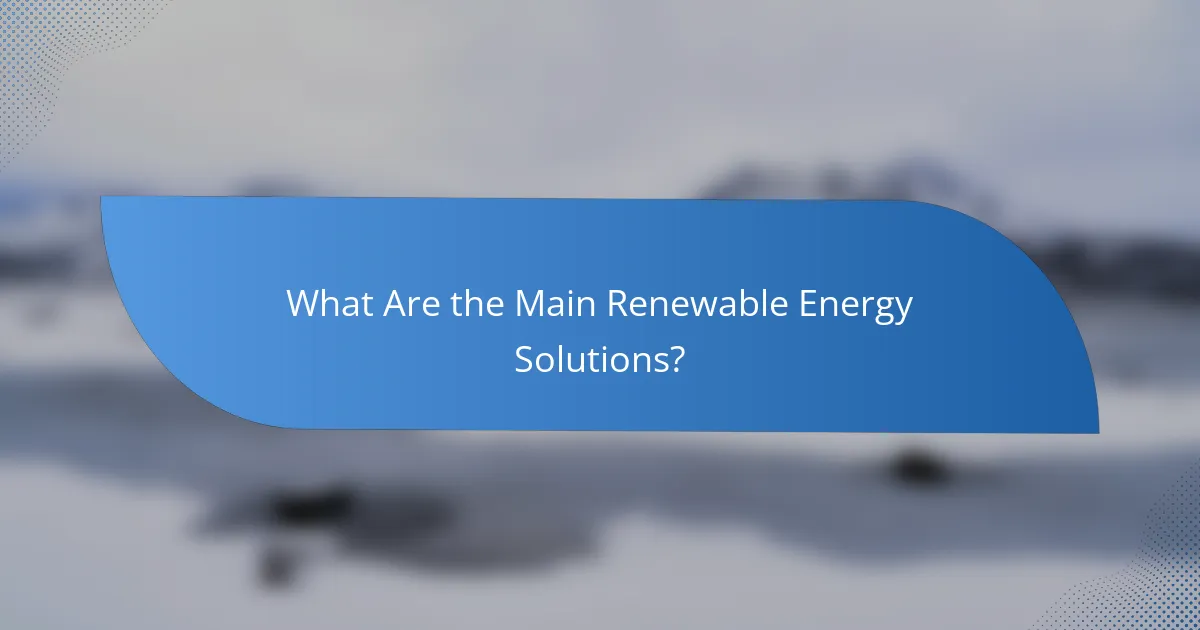
What Are the Main Renewable Energy Solutions?
The main renewable energy solutions include solar, wind, biomass, and geothermal energy. Each of these technologies harnesses natural resources to generate power, contributing to a sustainable energy future.
Solar Energy Systems
Solar energy systems convert sunlight into electricity using photovoltaic (PV) cells or solar thermal collectors. PV systems are commonly installed on rooftops or in solar farms, while solar thermal systems are often used for heating water.
When considering solar energy, evaluate factors such as location, available sunlight, and installation costs. In the U.S., residential solar installation costs typically range from $15,000 to $30,000 before incentives, making it essential to explore local tax credits and rebates.
Wind Energy Solutions
Wind energy solutions utilize wind turbines to generate electricity by converting kinetic energy from wind into mechanical power. These turbines can be installed onshore or offshore, with offshore installations often yielding higher energy outputs due to stronger winds.
Key considerations for wind energy include site selection, wind speed, and local regulations. In areas with average wind speeds of 6-9 meters per second, wind farms can be particularly effective, providing a significant portion of energy needs at competitive costs.
Biomass Energy Options
Biomass energy options involve using organic materials, such as wood, agricultural residues, or waste, to produce heat or electricity. Biomass can be converted through combustion, gasification, or anaerobic digestion, making it a versatile energy source.
When exploring biomass energy, consider the availability of feedstock and the technology required for conversion. Biomass can be a cost-effective solution in rural areas where agricultural waste is abundant, but it’s important to assess sustainability practices to avoid negative environmental impacts.
Geothermal Energy Technologies
Geothermal energy technologies harness heat from the Earth’s core to generate electricity or provide direct heating. This can be achieved through geothermal power plants or ground-source heat pumps, which are effective for residential heating and cooling.
Key factors for geothermal energy include site suitability and initial investment costs. In regions with high geothermal potential, such as the western U.S., the levelized cost of electricity from geothermal sources can be competitive with fossil fuels, making it an attractive option for sustainable energy development.
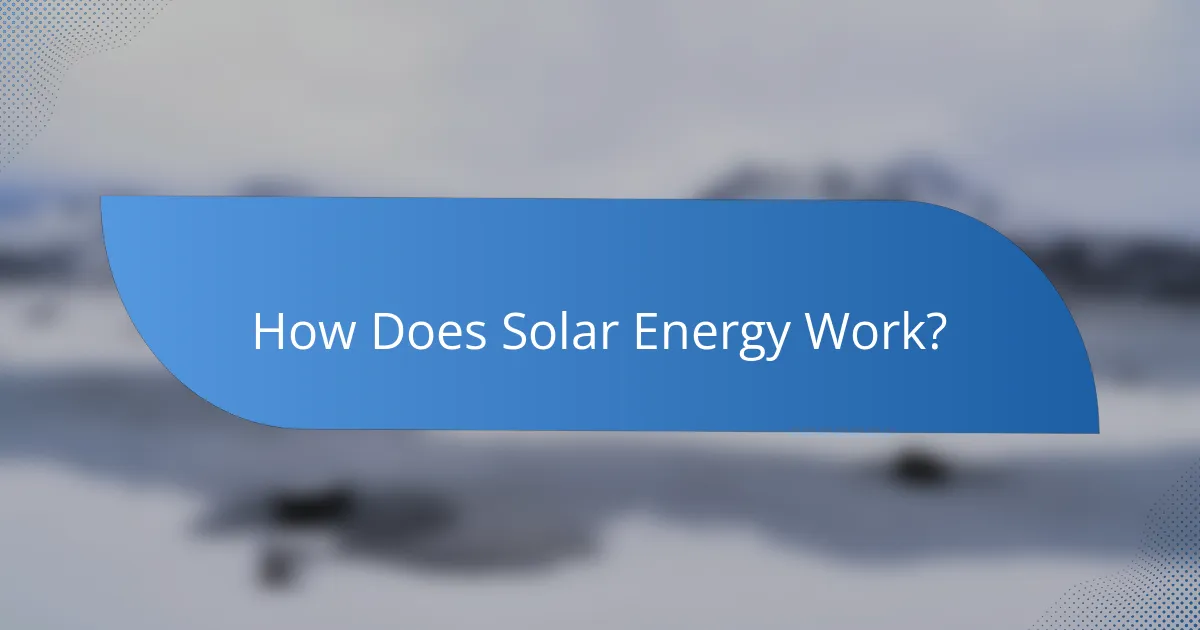
How Does Solar Energy Work?
Solar energy works by converting sunlight into usable electricity or heat through various technologies. The two primary methods for harnessing solar energy are photovoltaic cells and solar thermal systems, each with distinct mechanisms and applications.
Photovoltaic Cells
Photovoltaic (PV) cells convert sunlight directly into electricity using semiconductor materials, typically silicon. When sunlight hits the cells, it excites electrons, creating an electric current. This process is known as the photovoltaic effect.
PV systems can be installed on rooftops or in large solar farms, making them versatile for residential and commercial use. The efficiency of these cells generally ranges from 15% to 22%, depending on the technology and conditions.
Solar Thermal Systems
Solar thermal systems capture sunlight to produce heat, which can be used for heating water or spaces. These systems typically use solar collectors, which absorb sunlight and transfer the heat to a fluid, often water or antifreeze, that circulates through the system.
Common applications include residential water heating and large-scale solar thermal power plants. The efficiency of solar thermal systems can be quite high, often exceeding 70%, making them effective for applications requiring significant heat energy.

What Are the Benefits of Wind Energy?
Wind energy offers numerous advantages, including cost savings and a significant reduction in greenhouse gas emissions. By harnessing the power of wind, countries can diversify their energy sources and promote sustainability.
Cost-Effectiveness
Wind energy is increasingly recognized for its cost-effectiveness. The cost of wind power has dropped significantly over the past decade, making it one of the cheapest forms of electricity generation in many regions. In the United States, for example, onshore wind projects can deliver electricity at prices as low as $30 to $60 per megawatt-hour.
Investing in wind energy can lead to long-term savings on energy bills, as operational costs are relatively low once the infrastructure is in place. Additionally, many governments offer incentives and tax credits to encourage wind energy development, further enhancing its financial appeal.
Environmental Impact
The environmental impact of wind energy is largely positive, as it produces no direct emissions during operation. This helps to combat climate change by reducing reliance on fossil fuels and lowering overall carbon footprints. Wind farms can significantly decrease air pollution, which benefits public health and the environment.
However, it is essential to consider potential drawbacks, such as the impact on local wildlife and land use. Proper site selection and technology can mitigate these effects, ensuring that wind energy remains a sustainable choice. Overall, the benefits of wind energy in reducing emissions and promoting cleaner air far outweigh the challenges.
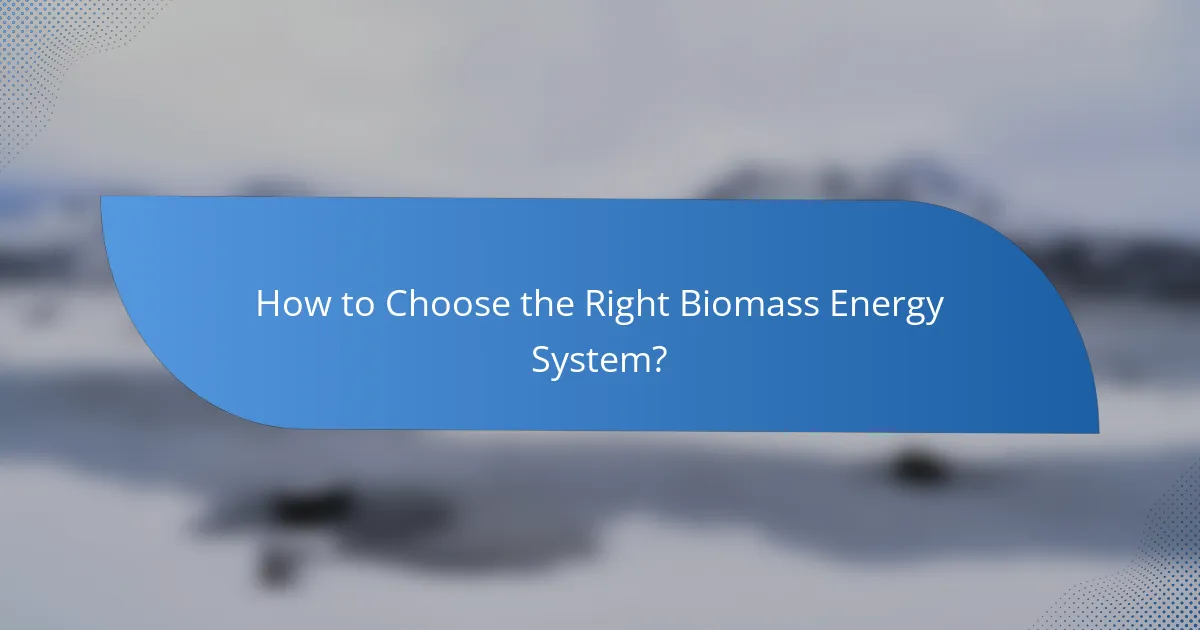
How to Choose the Right Biomass Energy System?
Choosing the right biomass energy system involves assessing feedstock availability and selecting an appropriate technology type. Understanding these factors will help ensure efficient energy production and cost-effectiveness.
Feedstock Availability
Feedstock availability is crucial when selecting a biomass energy system. It refers to the raw materials used to produce energy, such as agricultural residues, wood chips, or dedicated energy crops. Assess local resources to determine what feedstocks are readily accessible and their costs, which can vary significantly by region.
Consider the sustainability of your feedstock sources. Using local agricultural waste can reduce transportation costs and environmental impact. Additionally, ensure that the feedstock supply is reliable and consistent to maintain energy production without interruptions.
Technology Type
The technology type you choose for biomass energy generation can greatly influence efficiency and output. Common technologies include direct combustion, gasification, and anaerobic digestion. Each method has its advantages and disadvantages, depending on the feedstock used and the desired end product.
For instance, direct combustion is straightforward and widely used but may require more maintenance. Gasification can produce cleaner energy and is suitable for a variety of feedstocks, while anaerobic digestion is effective for organic waste but may involve higher initial costs. Evaluate the long-term operational costs and technical support available for each technology to make an informed decision.

What Are the Key Factors for Geothermal Energy Adoption?
Key factors for geothermal energy adoption include site suitability and resource availability. These elements significantly influence the feasibility and efficiency of geothermal projects, determining their potential for energy generation.
Site Suitability
Site suitability is critical for successful geothermal energy projects. Ideal locations typically have geological formations that can effectively harness heat from the Earth, such as volcanic regions or areas with hot springs. Factors like proximity to infrastructure, land use regulations, and environmental impact assessments also play a crucial role in determining site viability.
When evaluating site suitability, consider the depth of geothermal resources, which can range from a few hundred meters to several kilometers. Conducting thorough geological surveys and feasibility studies is essential to assess the potential for energy extraction and to avoid costly mistakes.
Resource Availability
Resource availability refers to the accessibility and sustainability of geothermal energy sources. Regions with high geothermal gradients, where temperature increases rapidly with depth, are more favorable for energy production. Consistent heat flow is necessary to ensure long-term viability and efficiency of geothermal systems.
Assessing resource availability involves measuring temperature and flow rates, which can vary significantly across different locations. For instance, areas in the western United States or Iceland often have abundant geothermal resources, while other regions may have limited potential. Understanding these variations helps in planning and investment decisions for geothermal energy projects.
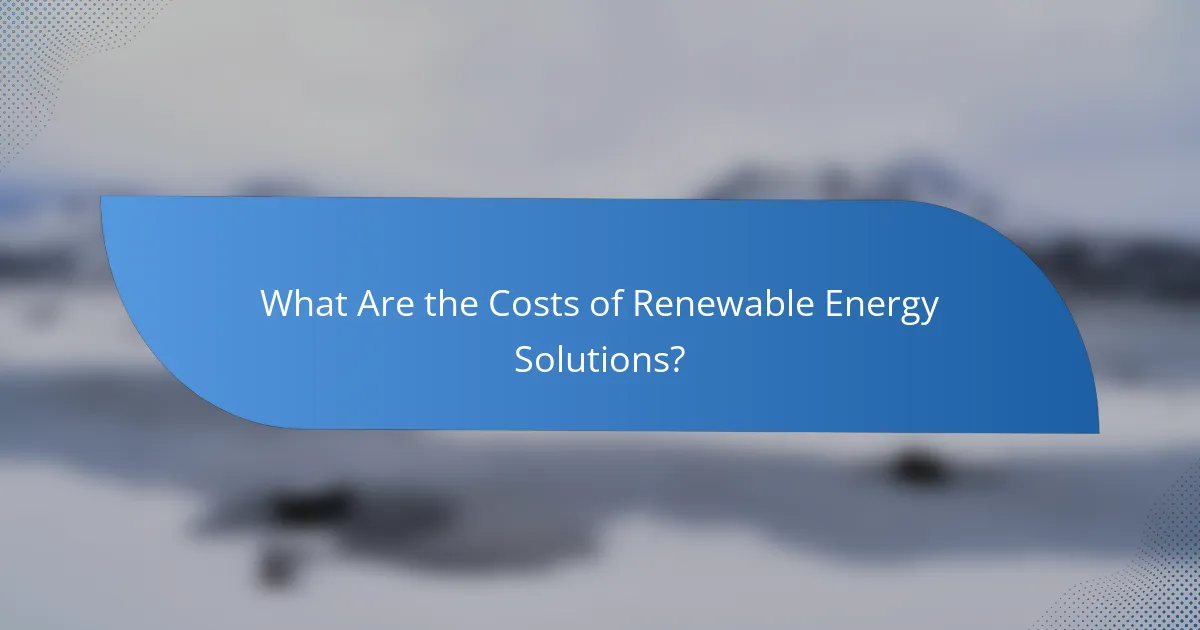
What Are the Costs of Renewable Energy Solutions?
The costs of renewable energy solutions vary widely based on technology, location, and scale. Generally, initial investments can be significant, but they are often offset by long-term savings on energy bills and maintenance costs.
Initial Investment
Initial investment costs for renewable energy solutions can differ greatly. For solar panels, homeowners might spend anywhere from $10,000 to $30,000, depending on system size and installation specifics. Wind turbines can range from $40,000 for small residential units to several million for larger commercial setups.
Biomass systems and geothermal installations also require substantial upfront capital, often exceeding $20,000 for residential applications. It’s essential to consider local incentives and rebates, which can significantly reduce these costs.
Long-Term Savings
Long-term savings from renewable energy solutions can be substantial. Homeowners with solar panels might save 50% or more on their electricity bills over time, while wind energy can provide similar benefits depending on local wind conditions. Biomass and geothermal systems can also lead to lower heating and cooling costs.
Additionally, many regions offer tax credits or feed-in tariffs, enhancing the financial benefits of these investments. Evaluating the total cost of ownership, including maintenance and potential energy price increases, is crucial for understanding the long-term value of renewable energy solutions.
